Name: Dr Elsa Panciroli

What is your role on Council, what does it involve and what do you enjoy about it?
I’m an Ordinary Member, which means that I don’t have set duties, but I attend council meetings and help steer the Society. Although it’s not a named role I find it really interesting because it’s so wonderfully flexible. For example I spend a lot of time creating social media content and monitoring our accounts, assisting with editing content for the website, and carrying out other tasks that are required. I’m also quite a vocal member of council to be honest!
What is your day job and what does it involve?
I’m an Early Career Research Fellow at the Oxford University Museum of Natural History, and Junior Research Fellow at Linacre College. I’m also an Associate Researcher at National Museums Scotland. My day to day work is research on the evolution of mammals, gathering and analysing data and writing papers. But I do a lot of outreach work alongside this, and I’m a science writer, so I keep very busy.
What is your favourite monograph and why?
I adore the older monographs, particularly their stunning lithography and illustration. Many of them were illustrated by women whose work is often overlooked in the history of science. If I had to choose just one, I’d plump for Dawkins and Sandford (1866–72), on The British Pleistocene Mammalia. It includes an illustration by Mary Morland (who later became Mary Buckland), and she also illustrated Owen’s monographs on Megalosaurus (1853–58), along with fellow artist, Mary Holmes.

Do you have a favourite fossil or fossil display?
I have many! One of the top is in the collections at the Oxford University Museum of Natural History: it is the jaw of Amphitherium, the first mammal from the Mesozoic to be described (by Buckland in 1824). It’s a beautiful little thing, only 2 cm long and sunk in a coffee-cream coloured Jurassic-aged rock. They thought it was a type of opossum at first, and it really shocked scientists to find a mammal in the ‘time of reptiles’. Sadly it isn’t on display, which is crazy considering its scientific and historic importance!
